Stride rate
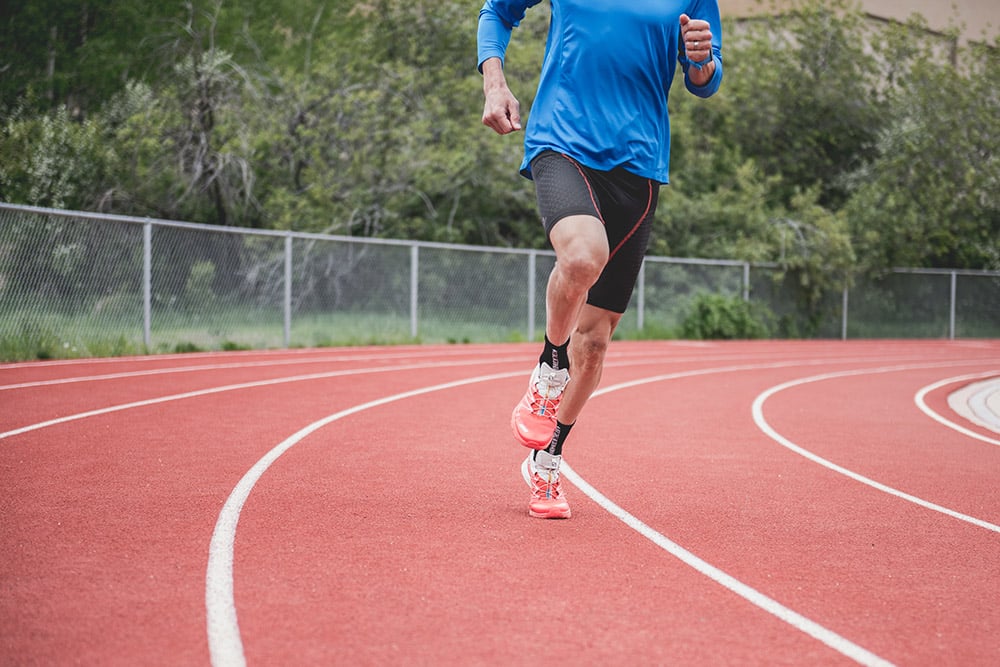
Despite the running speed, stride rate should stay within a narrow range. At race pace, cadence should be at or above 180 steps per minute, or 90 revolutions per minute (counting one leg). Suunto uses revolutions per minute, so a good goal at race pace is 90-92 revolutions per minute. During training, endurance pace for example is considerably slower, however cadence should still be close to that 90 rpm mark. I shoot for 86-90 rpms no matter how slow I am running. This means a shorter, quicker stride for endurance and recovery paces.
Foot strike
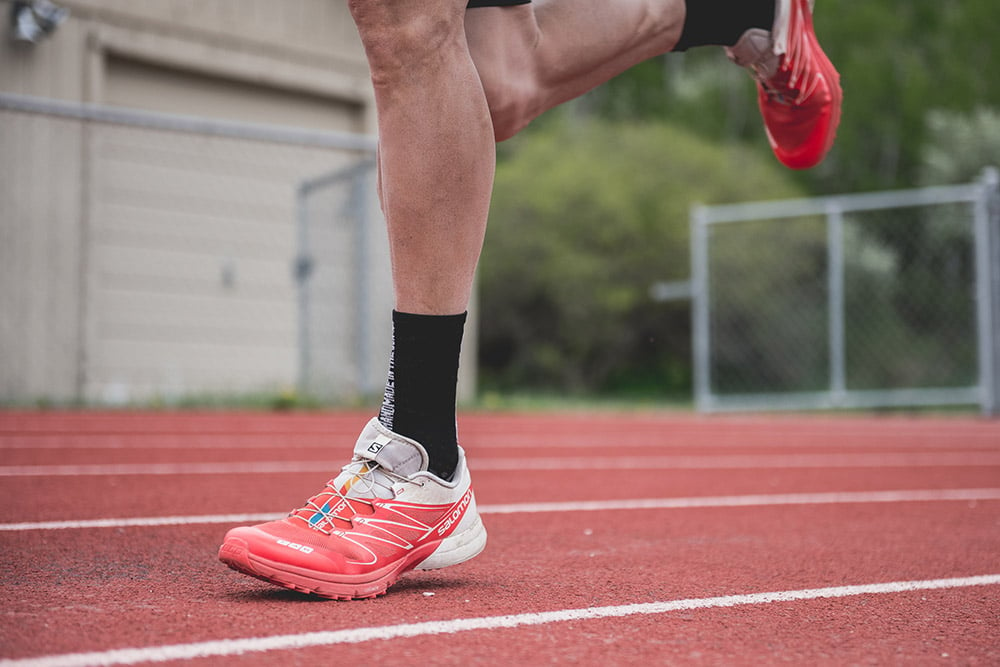
As your foot swings through and the leg extends out in front, most people set the foot down too early, creating a breaking force, heel strike, and high impact. Instead, paw back and contact the ground under your center of gravity with a softer landing propelling you in the direction of travel.
Vertical oscillation
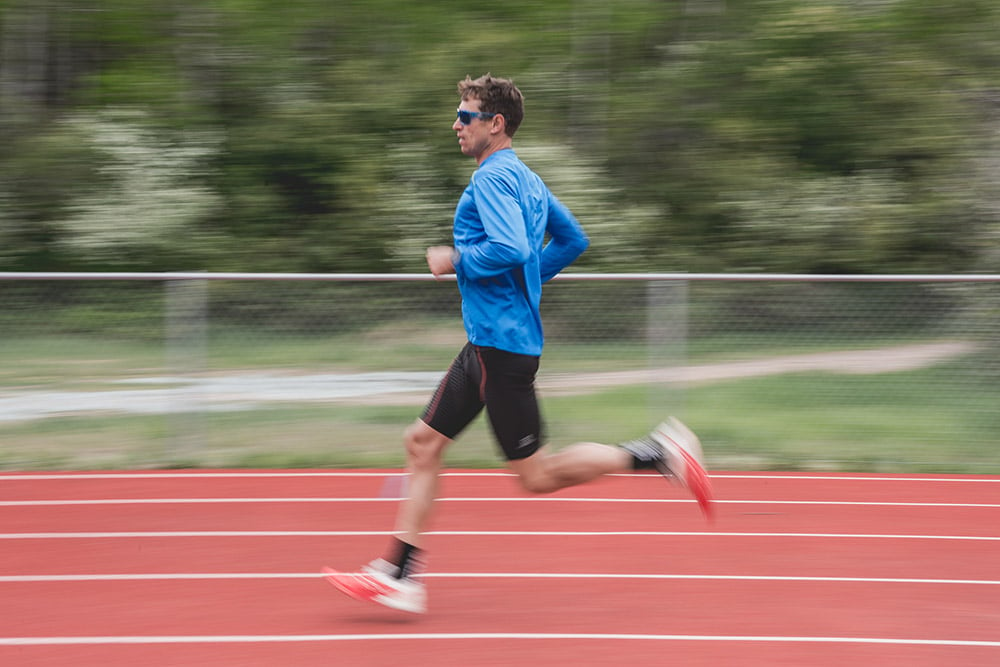
A long, loping stride has a larger vertical component, which results in more distance traveled up and down. Think of your legs as wheels rather than pogo sticks. One way to see this is to have someone video you running along a fence and see the vertical displacement.
Running tall
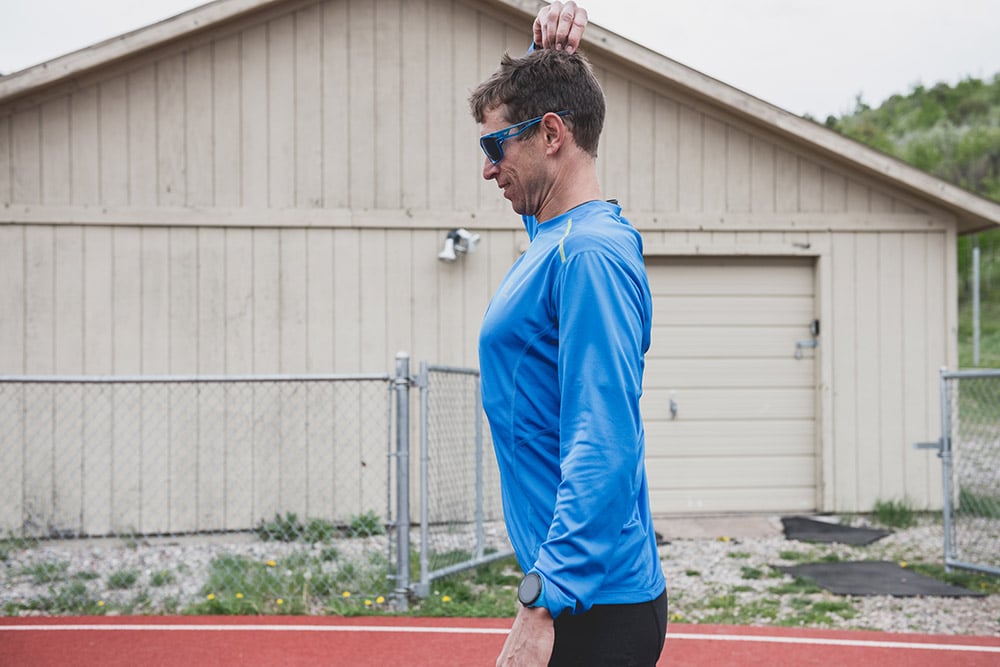
This is a good mantra for any runner to keep in mind. This means maintaining a strong core, posture, and head position. Look forward towards the horizon. Imagine you are a marionette doll with a string holding you up from the top/back of your head. Uphill, think about staying vertical. For gradual downhills, lean forward so you are perpendicular to the slope.
Slight forward lean
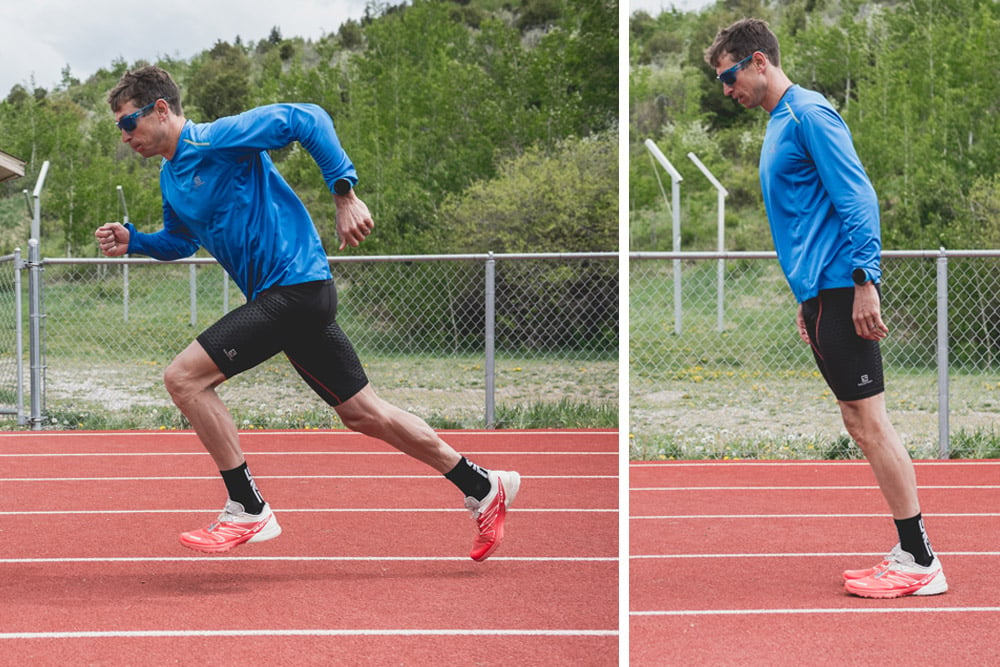
Running tall, but with a slight forward lean. Running is a series of falls, so you want a slight forward lean which is more pronounced at fast running speeds. Do not achieve this from bending forward at the waist. You should have a straight line from your ground contact point, up through the top of your head. One drill I like is a sprinting drill called “falling starts.” Start by standing tall and then fall forward with the fulcrum point at the balls of your feet, staying long with no breaking at the waist. You will want to step forward to catch yourself, but instead of a step, immediately break out into a fast run.
Arm carriage
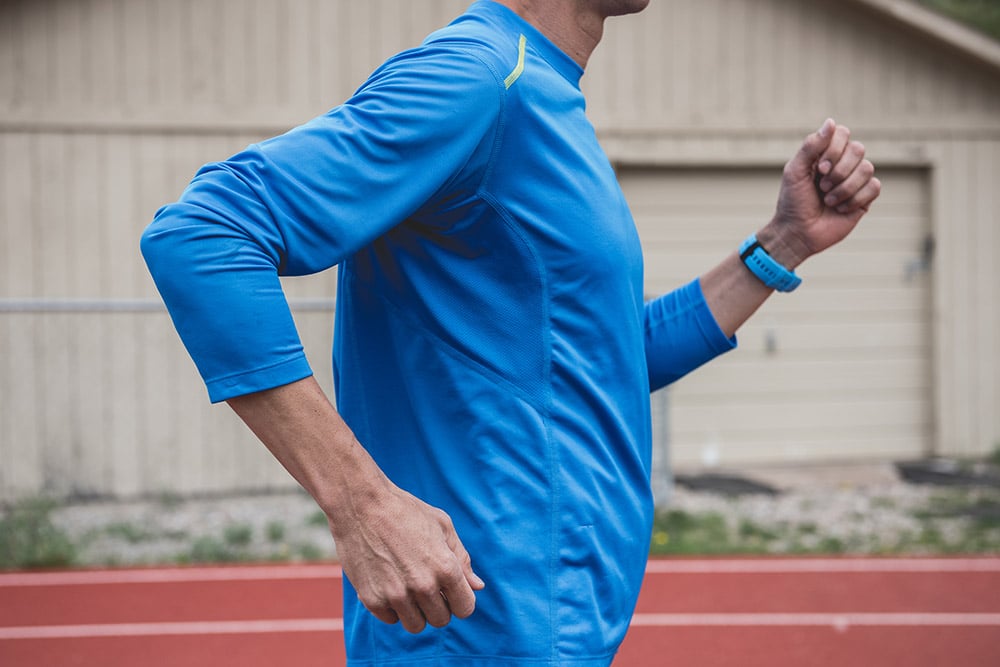
Your arms are your counter weights so movement is good, but it should happen naturally and without expending extra energy. Straight on, hands can swing towards the center line, but should not cross. Elbow should be bent with a slightly acute angle, less than 90 degrees to keep the lever arm short. Be careful not to carry your arms too high or elbows to wide, which results in excess strain on your shoulders, upper traps, and neck. Keep hands relaxes as if you are carrying a fragile egg in each hand.
Josiah Middaugh is the reigning XTERRA Pan America Champion and 2015 XTERRA World Champion. He has a master’s degree in kinesiology and has been a certified personal trainer for 15 years (NSCA-CSCS).
Images by Matt Trappe